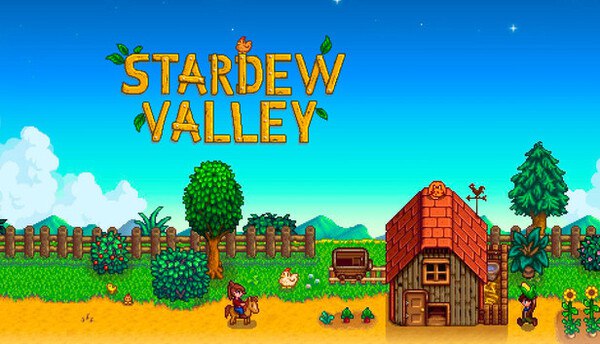Advertisement
Popular Now
Stardew Valley is a delightful farming simulation game that offers players the chance to escape the hustle of city life and create a prosperous farm. With its charming graphics and engaging mechanics, it invites you to plant crops, raise animals, mine resources, and build relationships with the townsfolk. This guide will provide you with detailed "how-to" strategies to thrive in Stardew Valley. Covering everything from the initial setup of your farm to advanced techniques for maximizing your yield and profitability, this article will help you navigate the many challenges and opportunities that the game presents.
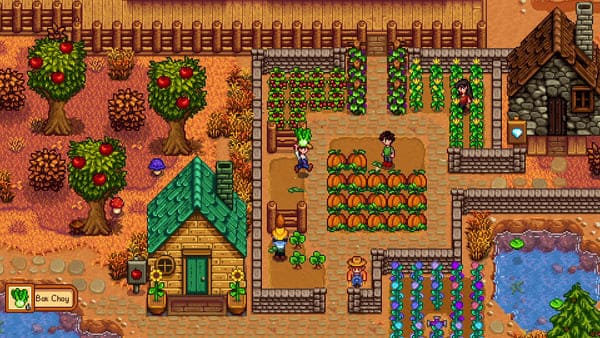 Creating your character is the first step in your Stardew Valley journey. This customization allows you to personalize your experience and establish a unique identity within the game.
Creating your character is the first step in your Stardew Valley journey. This customization allows you to personalize your experience and establish a unique identity within the game.
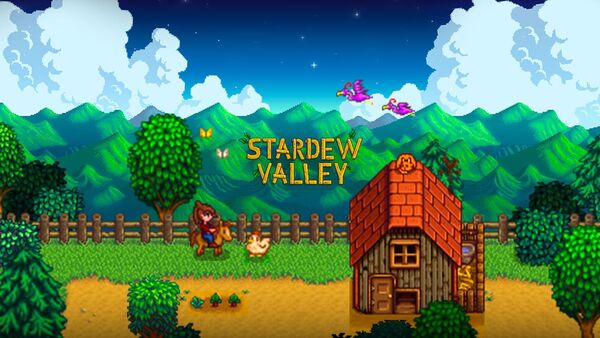
 The choice of crops significantly influences your farm's profitability. Different crops have varying growth times, seasonal availability, and selling prices.
The choice of crops significantly influences your farm's profitability. Different crops have varying growth times, seasonal availability, and selling prices.
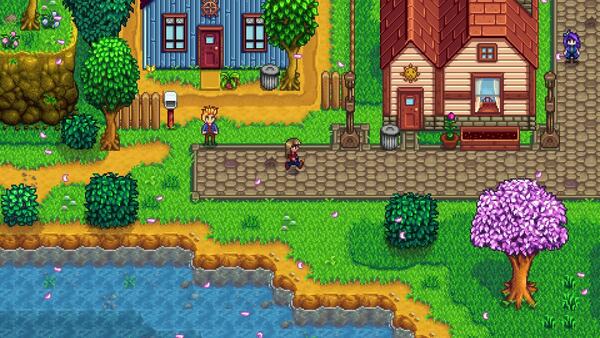 To succeed in Stardew Valley, you must learn how to maximize both the quality and quantity of your crops.
To succeed in Stardew Valley, you must learn how to maximize both the quality and quantity of your crops.
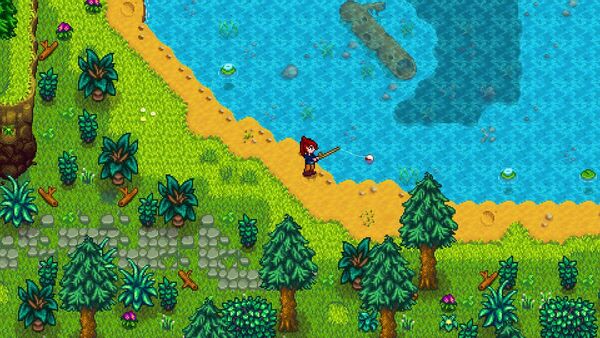 Raising animals can greatly enhance your farm's income and adds another layer of complexity to your gameplay.
Raising animals can greatly enhance your farm's income and adds another layer of complexity to your gameplay.
Getting Started: Creating Your Character and Farm
Before you can dive into the various activities that Stardew Valley has to offer, you must first set up your character and select a farm layout that suits your playstyle.Step 1: Customizing Your Character
 Creating your character is the first step in your Stardew Valley journey. This customization allows you to personalize your experience and establish a unique identity within the game.
Creating your character is the first step in your Stardew Valley journey. This customization allows you to personalize your experience and establish a unique identity within the game.
Character Customization Options
- Appearance: Choose your character's hair style, hair color, skin tone, and eye color. The extensive options allow you to create a character that represents your style.
- Clothing: You can select an outfit for your character from various options. This feature can be changed throughout your gameplay, allowing for additional personalization.
Step 2: Choosing Your Farm Layout
Once your character is ready, you’ll need to select a farm layout. The choice of layout will have a significant impact on your farming experience and available resources.Available Farm Layouts

- Standard Farm: This layout is balanced, making it suitable for both crop cultivation and animal husbandry. It offers a large area for farming.
- Riverland Farm: Ideal for players who enjoy fishing, this layout features many bodies of water. However, it has limited space for crops.
- Forest Farm: This layout offers abundant foraging opportunities and unique crafting materials. It's great for players who want to focus on gathering resources.
Understanding the Basics of Farming
With your character and farm established, it's time to learn the fundamental mechanics of farming, which are crucial for your success.Selecting Crops Wisely
 The choice of crops significantly influences your farm's profitability. Different crops have varying growth times, seasonal availability, and selling prices.
The choice of crops significantly influences your farm's profitability. Different crops have varying growth times, seasonal availability, and selling prices.
Seasonal Crop Choices
- Spring: Crops like Potatoes, Cauliflower, and Strawberries offer high returns. Strawberries, in particular, can be replanted after the first harvest for continued profits.
- Summer: Focus on Blueberries and Melons. Blueberries are especially profitable because they yield multiple fruits per harvest.
- Fall: Pumpkins and Cranberries are top choices. Cranberries continue to produce fruit after the initial harvest, making them a sustainable option.
Planting and Watering Techniques
Proper planting and watering techniques are essential to ensure that your crops grow healthy and yield good harvests.Steps for Planting and Watering
- Tilling the Soil: Use your hoe to prepare the ground for planting. Make sure to till enough soil to accommodate your planned crops.
- Planting Seeds: Select seeds from your inventory and plant them in the tilled soil. Be mindful of spacing, as some crops require more room to grow.
- Daily Watering: Water your crops every day to keep them healthy. As you progress, consider investing in sprinklers to automate this task.
Maximizing Crop Yields: Quality and Quantity
 To succeed in Stardew Valley, you must learn how to maximize both the quality and quantity of your crops.
To succeed in Stardew Valley, you must learn how to maximize both the quality and quantity of your crops.
Improving Crop Quality
Crops can be harvested at different quality levels: normal, silver, gold, and iridium. Higher quality crops sell for significantly more money.Tips for Enhancing Crop Quality
- Using Fertilizers: Applying fertilizers before planting increases the chances of higher-quality crops. Experiment with different fertilizers to find the best results.
- Leveling Up Your Farming Skill: As you grow crops and gain experience, your ability to produce higher quality crops improves. Pay attention to your farming level and work towards leveling up.
Efficient Harvesting Techniques
Efficiently harvesting your crops ensures you make the most of your hard work.Steps for Harvesting
- Check Crop Status: Confirm that your crops are fully grown before harvesting. This avoids premature harvesting, which yields lower-quality produce.
- Using the Right Tools: Use your scythe for larger crop areas, or interact directly with crops for quicker collection.
- Store or Sell: Decide whether to store your harvest for future use or sell it for immediate profit. Selling high-quality produce can provide a substantial income boost.
Animal Husbandry: Raising Livestock for Profit
 Raising animals can greatly enhance your farm's income and adds another layer of complexity to your gameplay.
Raising animals can greatly enhance your farm's income and adds another layer of complexity to your gameplay.
Choosing Your Livestock
Different animals provide various products, so it's crucial to select a suitable mix for your farm.Common Animal Options
- Chickens: Easy to raise and provide eggs daily. They require a coop for shelter.
- Cows: Offer milk but require more resources, including a barn and feeding.
- Sheep: Produce wool, which can be spun into valuable products. They require shearing once a season.
Caring for Your Animals
Proper care for your livestock is essential for ensuring they are happy and productive.Guidelines for Animal Care
- Feeding: Ensure your animals are fed daily. You can either buy hay or allow them to graze outside during good weather.
- Shelter: Build barns and coops to protect animals from bad weather and predators.
- Daily Interaction: Pet your animals regularly to increase their happiness. Happy animals produce higher-quality products.
Crafting and Cooking: Adding Value to Your Farm
Crafting and cooking can significantly improve the efficiency and profitability of your farm.Essential Crafting Recipes
Crafting allows you to create valuable items that can be sold or used to enhance your farm.Key Crafting Items
- Preserves Jar: Turns fruits and vegetables into preserves, which sell for higher prices than the raw ingredients.
- Keg: Ferments fruits into wine or beer, both of which can yield significant profits.
- Cheese Press: Converts milk into cheese, a high-value product that sells for more than regular milk.
Cooking for Health and Profit
Cooking meals not only restores your health and energy but can also be sold for a profit.Popular Cooking Recipes
- Vegetable Medley: A nutritious dish that restores energy and health, made from seasonal crops.
- Pumpkin Soup: A hearty meal that sells for a good price, perfect for fall.
- Farmers Lunch: Boosts energy and is well-liked by villagers, making it a great gift option.
Engaging with the Community: Building Relationships
Building relationships with the townsfolk is a vital aspect of Stardew Valley that enhances your overall experience.Meeting the Villagers
Each NPC has a distinct personality, and getting to know them can unlock special events and rewards.Tips for Building Friendships
- Gift Giving: Discover each villager's favorite gifts to increase friendship levels. Pay attention to their birthdays for bonus points!
- Help with Quests: Completing quests for villagers strengthens relationships and earns you valuable rewards.
- Participate in Festivals: Engaging in seasonal events allows you to interact with multiple NPCs at once and strengthens community bonds.
Benefits of Friendship
As you deepen your friendships, players unlock various perks and rewards.Rewards for Friendship
- Heart Events: Special cutscenes that reveal more about each character’s backstory.
- Exclusive Recipes: Some villagers share unique recipes based on friendship levels, enhancing your cooking options.
- Community Projects: Higher friendship levels contribute to community goals and unlock benefits for everyone.
Mining and Foraging: Resource Gathering Strategies
Mining and foraging are essential for gathering valuable resources that support your farming efforts.Mining Essentials
Mining provides ores, gems, and other materials necessary for crafting and tool upgrades.Tips for Successful Mining
- Prepare Supplies: Bring food and health items to sustain you during your mining expeditions.
- Upgrade Your Tools: Invest in better tools to mine more efficiently and quickly.
- Explore Different Levels: Each mine level contains unique resources and enemies; take the time to explore thoroughly for maximum rewards.
Foraging for Wild Goods
Foraging allows you to gather natural resources that can be sold or used in crafting.Foraging Tips
- Seasonal Awareness: Different forageable items are available in each season, so make sure to forage regularly.
- Use the Calendar: Some forageable items are more abundant during specific times of the year, so stay mindful of seasonal changes.
- Gathering Techniques: Use your scythe or axe to collect wild items quickly and efficiently.
Upgrading Tools and Buildings: Enhancing Efficiency
Upgrading tools and buildings is crucial for improving your overall efficiency in Stardew Valley.Tool Upgrades
Investing in tool upgrades will make your daily tasks easier and more efficient, allowing for better crop care and resource gathering.How to Upgrade Tools
- Visit Clint: Go to the blacksmith to upgrade your tools using ores and gold. The upgrade process takes a few days.
- Prioritize Wisely: Focus on upgrading your watering can and hoe first to enhance crop care.
- Max Level Tools: Each tool has a maximum level; strive to obtain the best tools for maximum efficiency.
Building Upgrades
Upgrading barns, coops, and other farm buildings expands your farming capabilities and enhances your operation.Key Building Upgrades
- Barn Upgrades: Allow for more animals and improved living conditions for livestock.
- Greenhouse: Enables year-round crop growth, maximizing your farming potential regardless of the season.
- Silo: Stores hay for your animals, ensuring a steady food supply throughout the year.



















